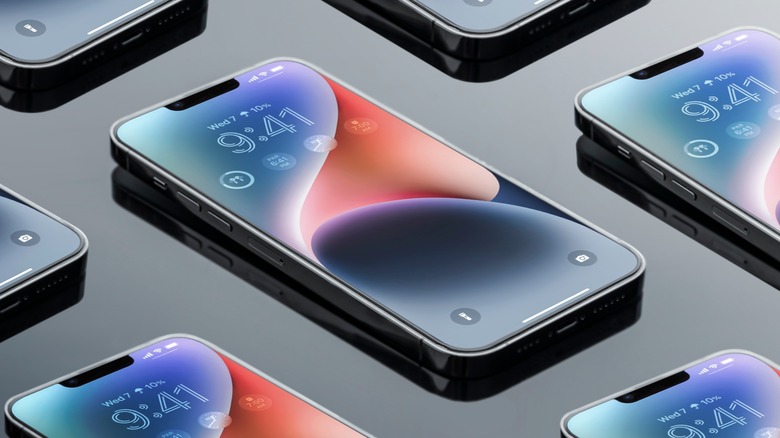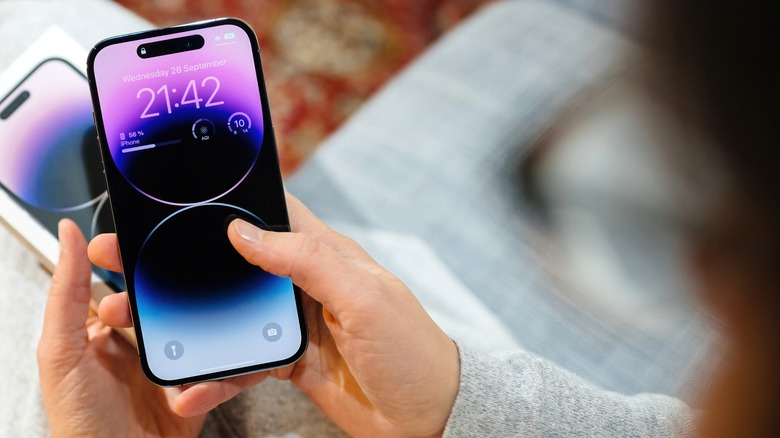Google Fi Makes 5G Official On iPhone
We're still unsure why it has taken Google Fi so long to support 5G on iPhones, especially considering other wireless providers of its ilk — mobile virtual network operators, or MVNOs for short — have long provided this benefit for their users. As of today, it no longer matters: Google has officially rolled out 5G speeds for its iPhone users on Fi.
iPhone® users 🤝 Fi
Get fast 5G coverage on all 5G-compatible phones on Fi – now available for iPhone®.
Learn how to turn it on â†' https://t.co/xcOJZ9sOGK
— Google Fi (@googlefi) March 29, 2023
As Google Fi primarily runs on T-Mobile's network, users will want to check those same coverage maps to see whether their area is draped in 5G. Luckily, T-Mobile covers more than 53% of the United States with 5G — some on the base standard, and some on the upgraded "Ultra Capacity" band — and it still boasts a larger overall footprint than competitors Verizon and AT&T. If you're in a 5G area, you'll know you're on the network when you see a simple 5G icon in your iPhone's status bar. But for iPhone users, there are some prerequisites to meet before you blaze off with faster speeds.
You'll need iOS 16.4 or later
You'll need an iPhone 12 or later to access T-Mobile's 5G network. No, it's not because the company hates the older iPhone models, but because the iPhone 12 was the first one by Apple with 5G. If you don't already have one, you might want to consider upgrading now. And even if you have the appropriate hardware, you won't be able to access 5G until your iPhone is updated to iOS 16.4 or later. It's a good thing that the update started rolling out to all users earlier this week, then.
Once you have the update installed, make sure 5G access is enabled:
-
Go to Settings.
-
Navigate to Cellular > Cellular Data Options > Voice & Data. (You may see your cellular number instead of "Celluar Data Options.")
-
Select 5G Auto.
Your iPhone might take a bit to jump onto the 5G network. If you're not seeing any activity and you're certain that you are within range of 5G coverage, try giving your phone a reboot, or simply wait a while as your phone seeks out the new signal.

